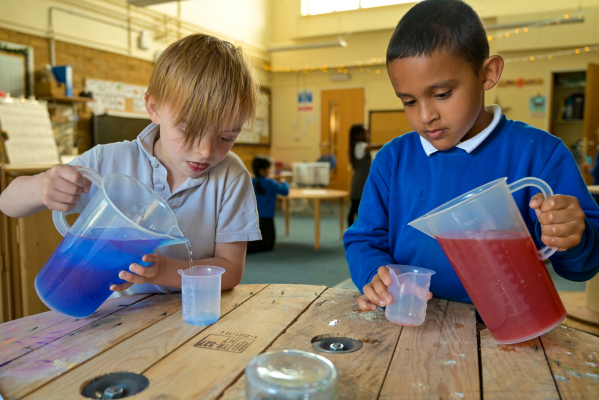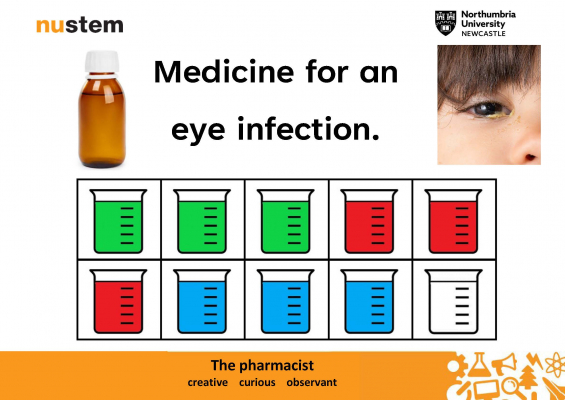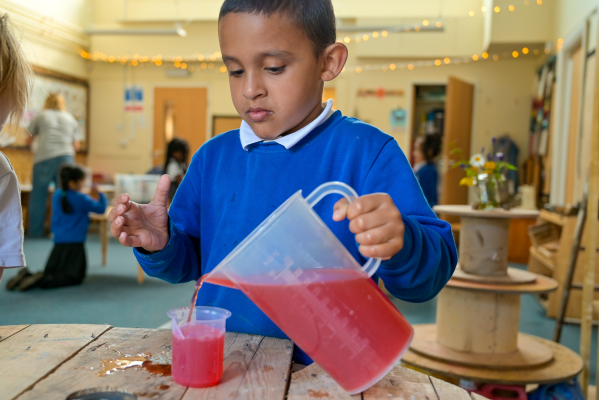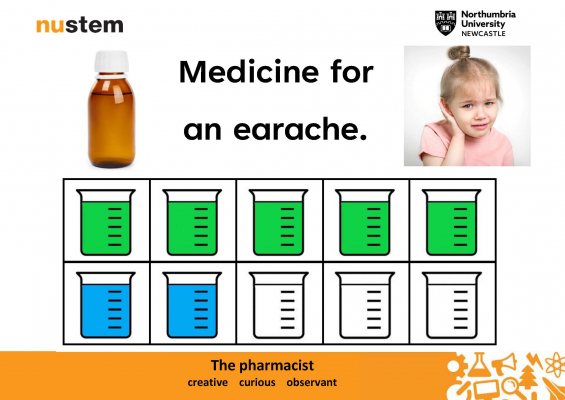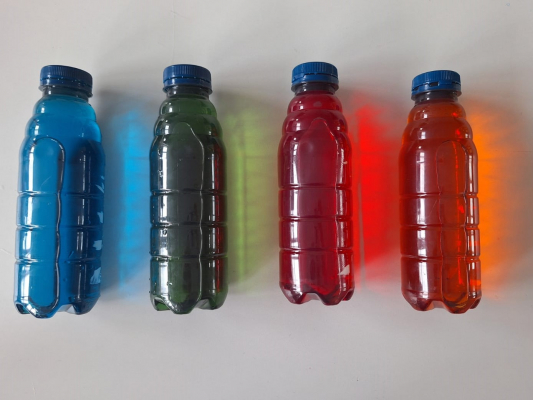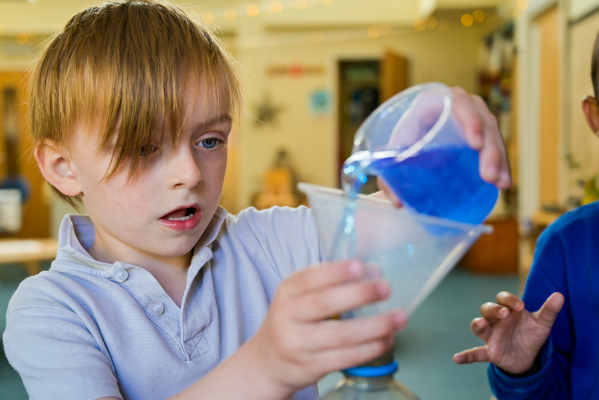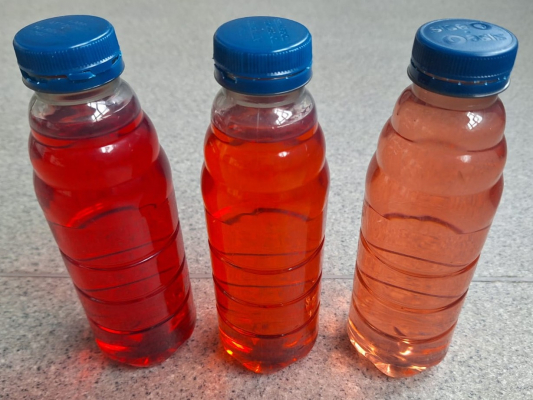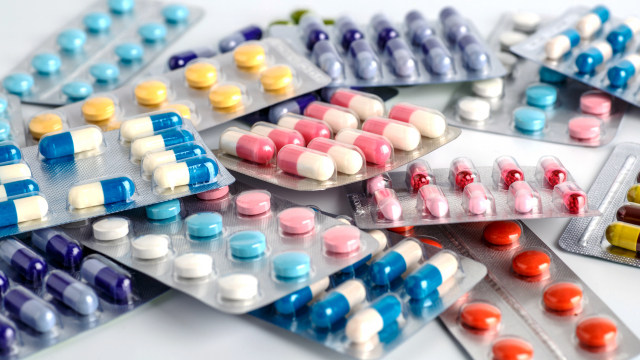Medicines are products that contain active ingredients. An active ingredient is a chemical compound that can be used to cure, halt or prevent disease; ease symptoms; or help in the diagnosis of illness. Active ingredients may be based on molecules extracted from plants, made by a chemical reaction in a laboratory, or be the byproduct of organisms such as fungi.
Medicines may be in the form of liquids, tablets, capsules, inhalers, creams, drops and patches.
Medicines act in a variety of ways.
Antibiotics can cure an illness by killing or halting the spread of invading bacteria.
Some medicines can control problems such as high blood pressure.
Medicines like insulin can replace missing substances or corrects low levels of natural body chemicals.
Analgesics are medicines which block the pathways that transmit pain signals from the injured or irritated body part to the brain, relieving pain.
Vaccines can protect the body against some infectious diseases. They teach your body to make the correct antibodies to fight against the disease if you catch it.

